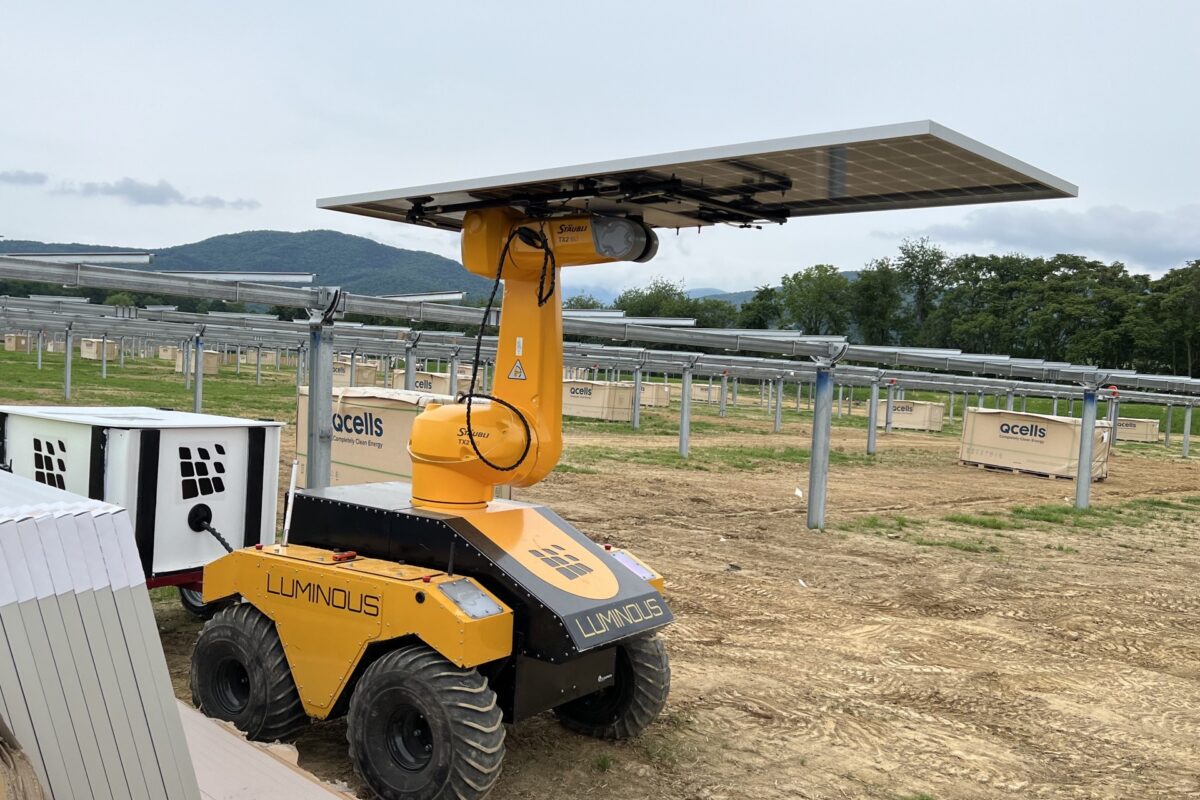To shamelessly summarise the report, Power Play blasts current and previous Australian governments for chaotic approaches to energy policy, to baulking at cohesive and consistent market management and opting instead to intervene in the market with knee-jerk reactions.
As the authors of the report (Tony Wood, Guy Dundas and Lucy Percival) put it: “Governments feel compelled to respond when electricity supply is lost or when prices are too high. But ad hoc and uncoordinated actions, which may provide short-term relief, usually makes things worse in the long run. Recent and current government actions imperil the success of Australia’s great energy transition.”
The report mimics much of what former Prime Minister Malcolm Turnbull blasted his former party for in an interview with the Australian this week. In addition to admitting that his failure to push through his National Energy Guarantee (NEG) energy policy was his biggest regret from his time in office, Turnbull blasted the Liberal Party for its incapability “of dealing with the reduction of greenhouse gas emissions in any sort of systematic way.”
The Grattan Institute report suggests that the government’s penchant for ‘picking winners’ after a shock prompts it into radical action, such as after the South Australian blackouts which prompted expensive investment in diesel generation, “ultimately just crowds out other investments, many of which are better able to deliver what the market needs.”
If the energy sector is going to get anywhere near the $150-400 billion in new utility-scale generation assets it needs over the next 30 years, knee-jerk policies, argues the Power Play report, such as the $5 billion Snow 2.0 pumped hydro project or Energy Minister Angus Taylor’s Liddell Power Plant closure taskforce, only cause investor hesitation.
The Power Play report also echoes similar reports by the Clean Energy Council and BIS Oxford Economics. The former showed a drop of renewable energy investment to levels not since the Tony Abbott era, and the latter showed a plunge in construction work on renewable energy projects of between 40-50% in the early 2020s. Both reports echo the findings of the Grattan Institute in blaming investor hesitation upon a lack of coherent federal energy policy after 2020.
Suggestions
Power Play makes numerous suggestions for how energy transition policy can be made going forward. First and foremost, Power Play argues for clear climate policy, for this is the “key factor affecting the energy sector.” Five emissions policies have been proposed and rejected in this last decade or so, the most recent being Turnbull’s NEG. The policy vacuum has meant that state governments have had to step up in place of federal indolence, but the result is uncoordinated and thus chaotic. The report advises states to abandon their uncoordinated policies and implement “a nationwide emissions reduction policy through state-based legislation.”
Secondly, and in a week when Queensland announced it would close its Collide-B coal-fired power station a decade earlier than anticipated (much to the chagrin of Energy Minister Angus Taylor), Power Play advises coal generators to put funds into escrow to ensure orderly closure and to protect consumers and drive timely replacement investment.
Whilst Power Play acknowledges the government establishment of institutions, such as AEMO, AER and AEMC worked soundly for a whole, the pace of change in the world has now itself changed, it has rapidly sped up. Governments, argues the report, need to strengthen these agencies so they can guide the sector through these rapidly changing landscapes. Moreover, these agencies should be given joint statutory obligation to collaborate on common objectives, and be less submissive to governments themselves. The strengthening of these institutions is necessary for the fundamental design of the NEM, and to secure reliability and lower prices.
In coordination with a strengthening of institutions must also be a streamlining of facilitation processes, particularly in terms of market-shaping transmission investment. The report singles out AEMO’s Integrated System Plan (ISP) as an example of a key planning tool for the NEM that can be accelerated if governments get out of their own way.
These are some among the many suggestions made in Power Play. But it is important to note that the report, along with rational suggestions, does not forget empirical realities. The authors are aware that Australia cannot perform the energy transition overnight, and nor can Australia transition as one lump sum, which is to say, away from the lump of coal.
The report used the example of the the German Government in 2018 that created a multi-sector commission to negotiate a firm coal exit policy, which the Government went on to support. This is a rational approach but empirically it is not possible in Australia, where business, unions and government possess nowhere near the high level of cooperation as they do in Germany. The best Australia can manage, according to Grattan, is orderly coal retirement.
The report posits a ‘Grattan coal closure model’, by which plants would need to nominate closure dates and lose out if they failed to meet them.
The energy transition is inevitable says Grattan Institute, and the Power Play report, it argues, and with good reason, offers a path of least resistance.
This content is protected by copyright and may not be reused. If you want to cooperate with us and would like to reuse some of our content, please contact: editors@pv-magazine.com.









While “policy” is not coherent across the territories, it seems the people are doing a bang up job of adopting solar PV on their own.
“To shamelessly summarise the report, Power Play blasts current and previous Australian governments for chaotic approaches to energy policy, to baulking at cohesive and consistent market management and opting instead to intervene in the market with knee-jerk reactions.”
What I’d like to know this “group” and the authors of this study: (Tony Wood, Guy Dundas and Lucy Percival), how much solar PV, solar hot water, energy storage do they use for their homes on a daily basis? Don’t tell me how, show me the way.